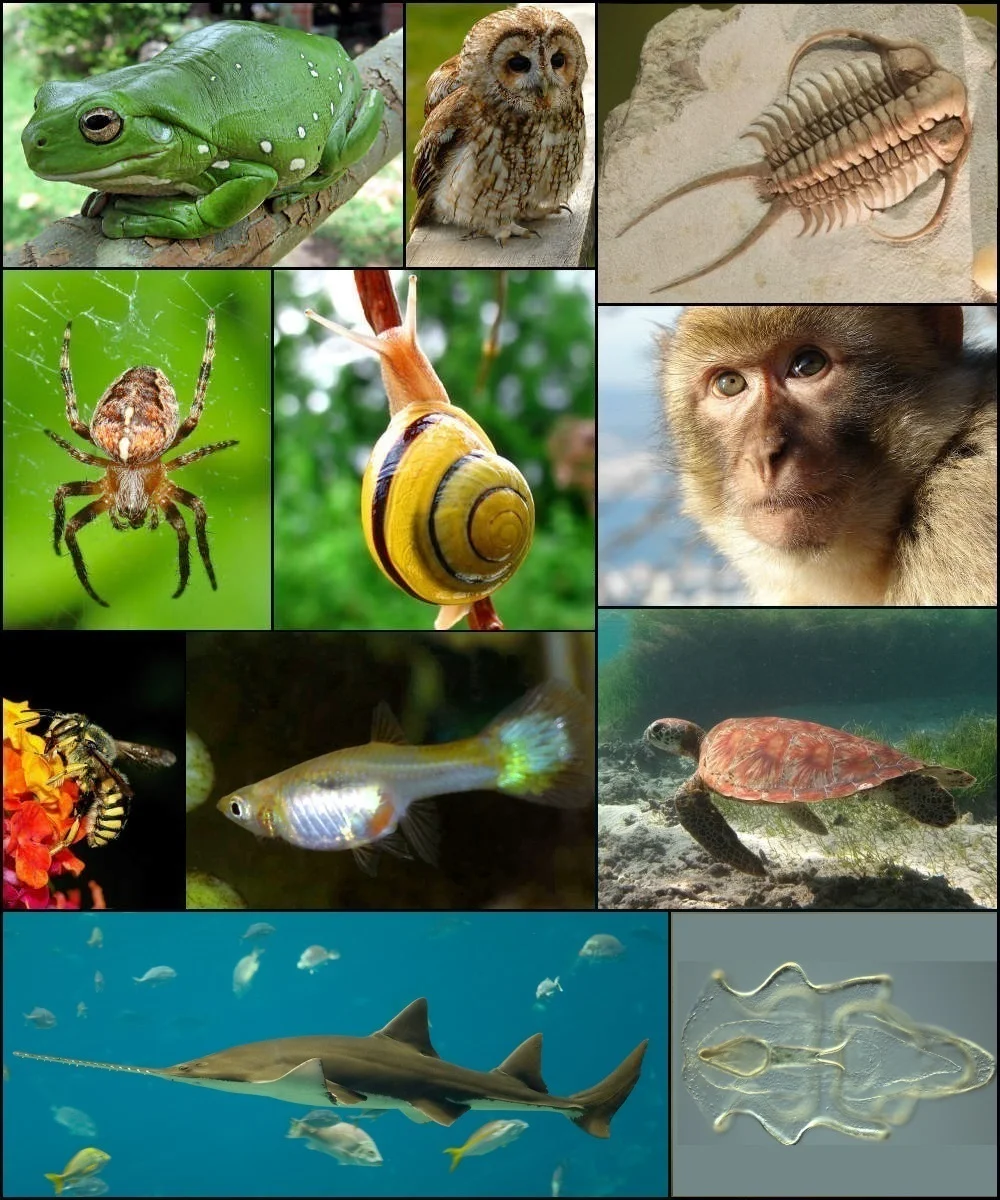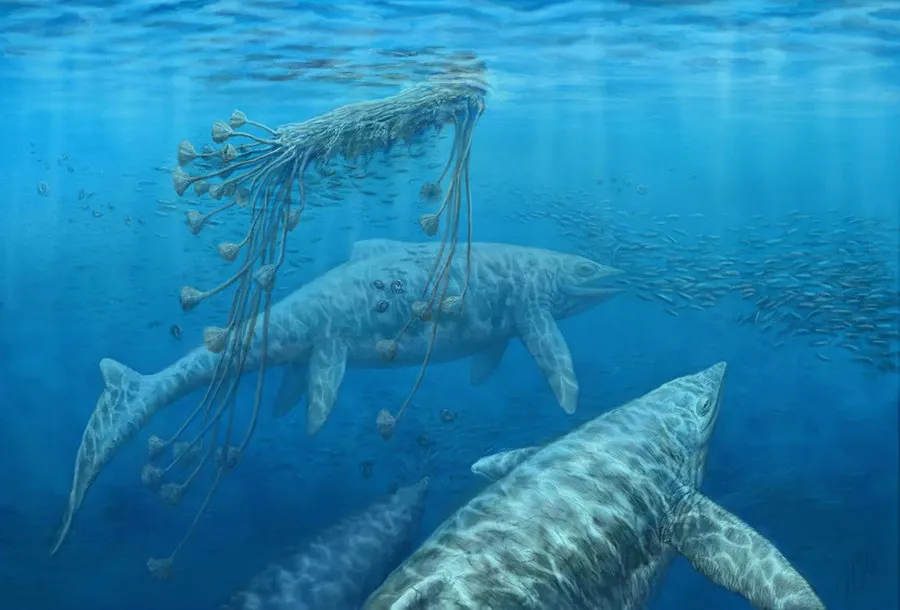Centre for Genomic Regulation Website
Contrary to creationists dogma that no new genetic information can arise in a genome without god-magic because of some half-baked notion that the Third Law of Thermodynamics, which applies to energy, somehow applies to genetic information, researchers at the Centre for Genomic Regulation (CRG) in Barcelona, Catalunya, Spain, have shown how errors in replication in DNA some 700 million years ago eventually resulted in a vast supergroup of animals (the bilaterans, i.e. animals with bilateral symmetry) including vertebrates (fish, amphibians, reptiles, birds, and mammals), and invertebrates (insects, arthropods, molluscs, worms, echinoderms and many more).
These errors where whole genomes and genes were duplicated, created the condition where the original genes could continue to function while copies of them were free to mutate and produce new genes with new functions, under the control of natural selection which retains anything which is better than what preceded it and quickly eliminate anything which is worse.
Bilaterians are animals that exhibit bilateral symmetry, meaning they can be divided into two equal halves along a single plane. The vast majority of animals on Earth are bilaterians, including many familiar groups such as:The researchers have published their findings in Nature Ecology & Evolution and have explained it in a news release from the Centre for Genomic Regulation (CRG):These are just a few examples, but bilaterians encompass an incredibly diverse range of animal life on Earth.
- Mammals: Humans, dogs, cats, elephants, and dolphins are all examples of bilaterians within the mammalian group.
- Birds: Birds, like sparrows, eagles, penguins, and ostriches, are also bilaterians.
- Reptiles: Snakes, lizards, turtles, and crocodiles exhibit bilateral symmetry.
- Amphibians: Frogs, toads, salamanders, and newts are examples of bilaterians within the amphibian class.
- Fish: Most fish species, including tuna, salmon, sharks, and goldfish, are bilaterians.
- Insects: Butterflies, ants, bees, beetles, and flies are bilaterians within the vast group of insects.
- Arachnids: Spiders, scorpions, ticks, and mites are bilaterians within the arachnid class.
- Mollusks: Snails, slugs, octopuses, and squids exhibit bilateral symmetry.
- Annelids: Earthworms, leeches, and marine worms are examples of bilaterians within the annelid phylum.
- Echinoderms: While not as obvious due to their radial symmetry as adults, echinoderms like sea stars and sea urchins exhibit bilateral symmetry during their larval stages.












































